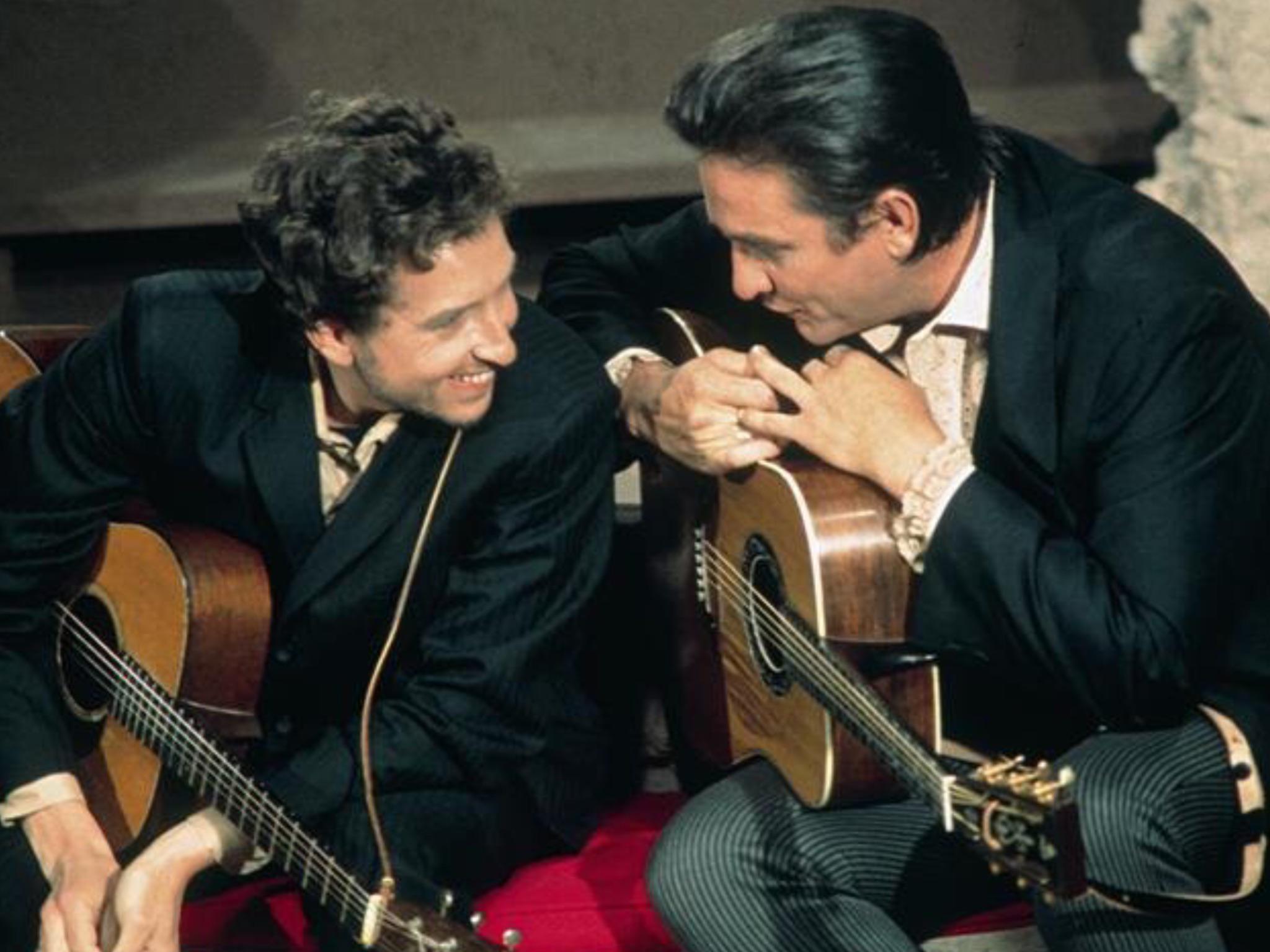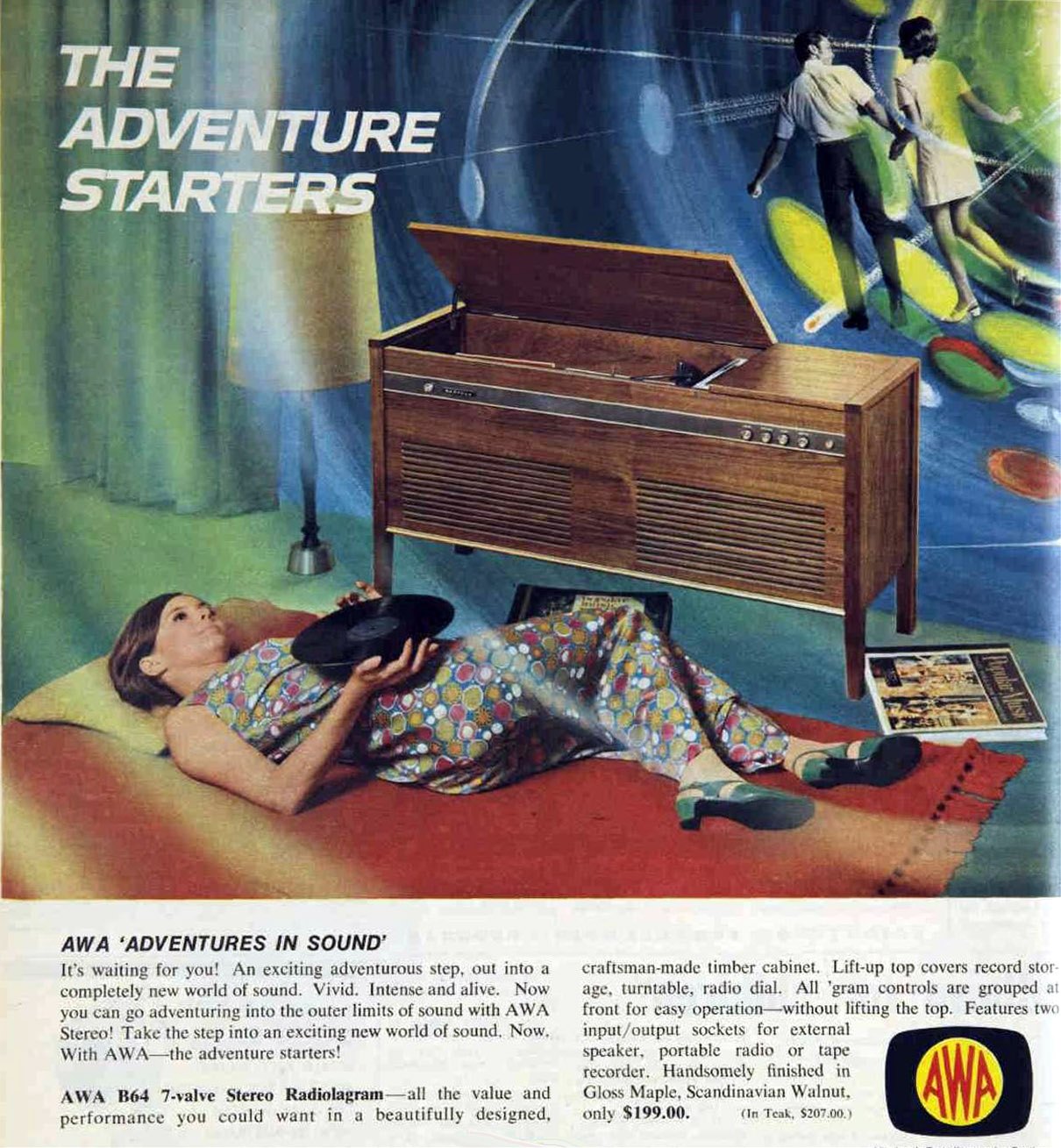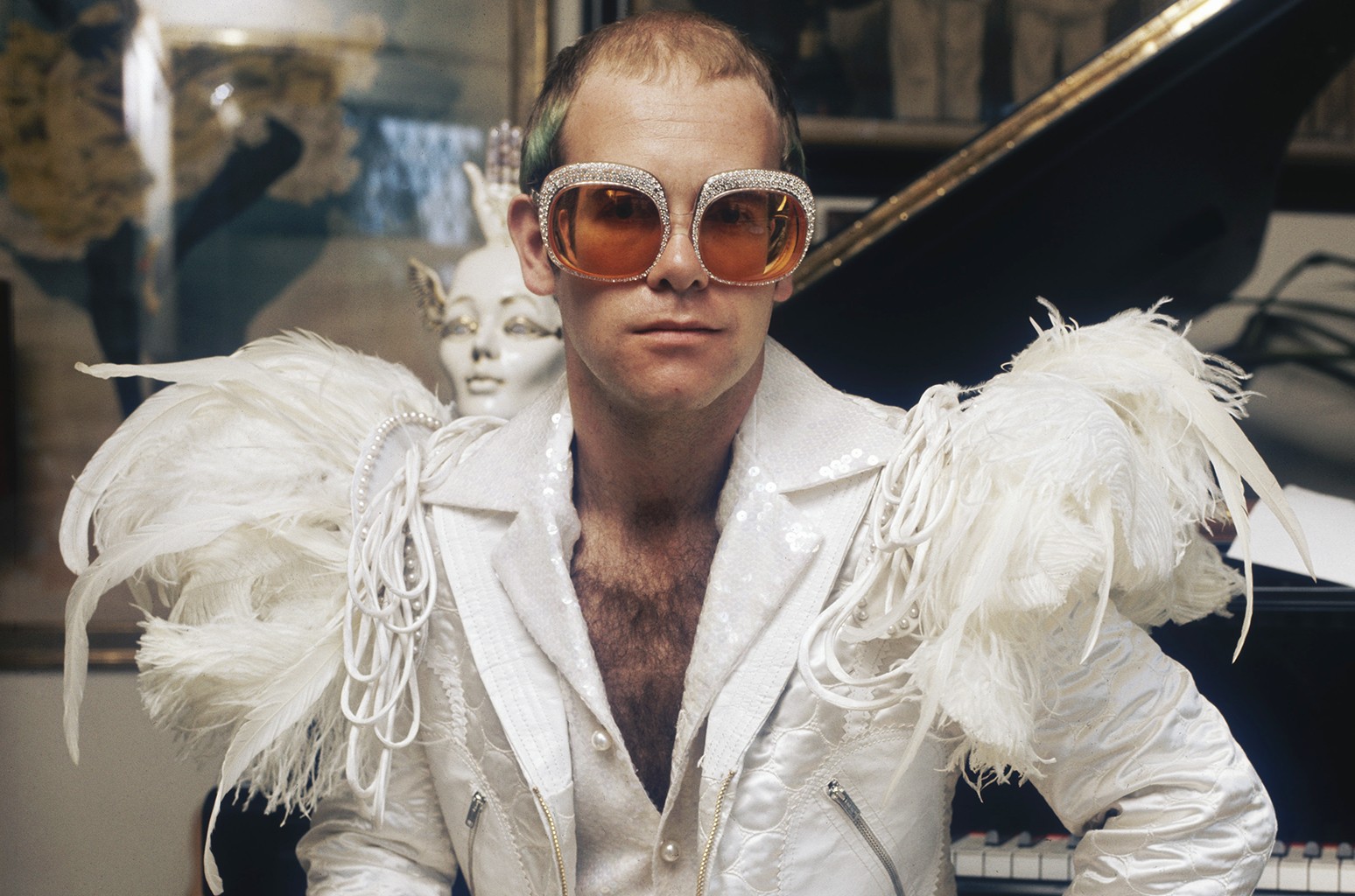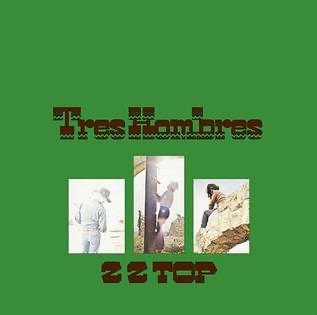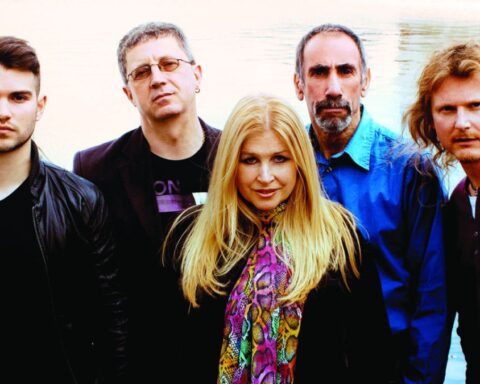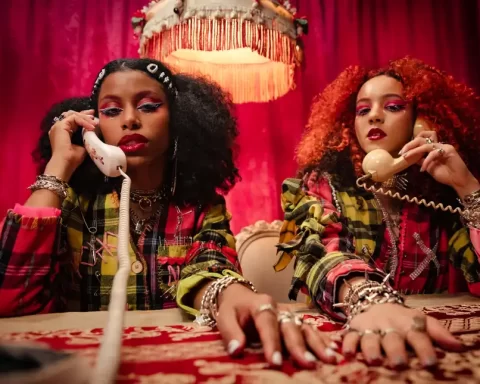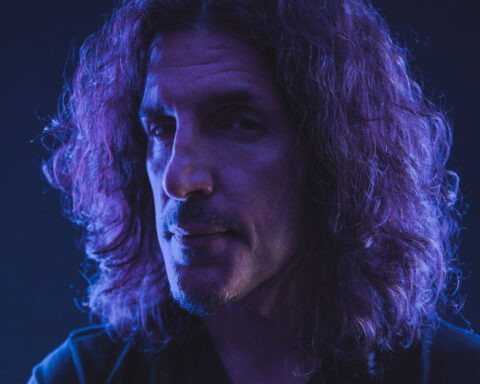Bob Dylan is broadly deemed as one of the greatest songwriters of all time. He’s been a significant factor of pop-culture for over fifty years. His work included a variety of political, philosophical, social, and literary influences. Dylan was American music.
Johnny Cash’s work included statements of sorrow, moral distress, and redemption. He was recognized for his deep, smooth bass-baritone voice. Cash was American music.
That similarity alone led the two legends to profoundly admire each other’s work even though their songs were slightly different. Dylan’s music fell into the main categories of folk, blues, and rock. While Cash’s was considered country, rockabilly, and gospel. They were in for a lifelong relationship even with their differences in taste of music.
“I’d put on [The] Freewheelin’ [Bob Dylan] backstage, then go out and do my show, then listen again as soon as I came off. After a while, I wrote Bob a letter telling him how much of a fan I was. He wrote back almost immediately, saying he’d been following my music since ‘I Walk the Line.’ So we began a correspondence,” Cash wrote about when their alliance started in his autobiography Cash.
The folk-rocker and country legend’s first face to face encounter transpired at the 1964 Newport Folk Festival, a festival that would work to remain a significant element during Dylan’s career. Little details are known about their encounter; however, Cash’s son would later claim that upon meeting, “Dylan rushed into his room, jumped on the bed and began bouncing up and down chanting, ‘I met Johnny Cash, I met Johnny Cash!”
Notwithstanding this indisputable relationship, the two recorded together only one time. While recording his Nashville Skyline album, Dylan called over Cash for a two-day session. Beginning on February 17, 1969, at Columbia Studios in Nashville, Tennessee, Dylan and Cash were reported to have recorded fifteen songs. Within the list was Dylan’s tune, “One Too Many Mornings;” some Cash classics, “Big River,” “Ring of Fire,” and “I Walk the Line,” and a compilation of country, blues, and rockabilly standards like “That’s Alright Mama,” “Matchbox” and “Careless Love.”
The recording session concluded as an innovative jam session, not much more. Cash and Dylan never truly rehearsed a song; instead, they enjoyed themselves as close friends. One individual song, “Girl from the North Country,” made the cut into Dylan’s album. The masses of others can be heard as unreleased bootleg variants, that is, for those lucky enough to find them.
Sometimes, inside the environment of leading musicians, similarities are translated as competition. That was clearly not the case for Dylan and Cash. Their alliance, which survived 40 years, showed that artists from different generations and musical genres could combine and build a lasting impact on one another. Following Cash’s death is 2003, Bob Dylan spoke out, claiming, “In plain terms, Johnny was and is the North Star; you could guide your ship by him — the greatest of the greats then and now… Truly he is what the land and country is all about, the heart and soul of it personified and what it means to be here; and he said it all in plain English. I think we can have recollections of him, but we can’t define him any more than we can define a fountain of truth, light and beauty. If we want to know what it means to be mortal, we need look no further than the Man in Black. Blessed with a profound imagination, he used the gift to express all the various lost causes of the human soul.”
The love for one another’s music, voice, and being is evident, making the duo one of Rock N’ Roll’s most lovable and enduring friendships.
